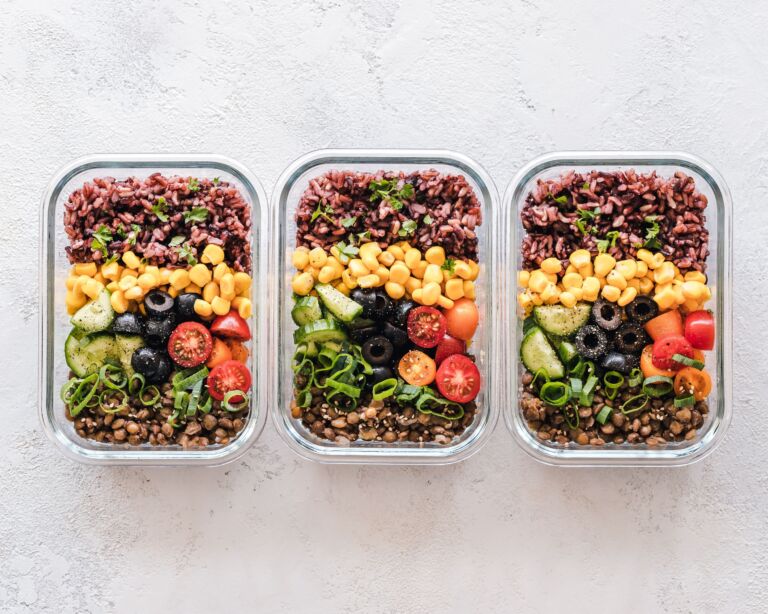5 Things To Know To Plan Your Keto Diabetic Meals

You’ve probably seen a lot of viral social media posts about the ketogenic diet on Instagram or Facebook by now. The long-running fad diet is known as “Keto” for short, and it’s made its way into mainstream culture thanks to social media influencers and celebrities who have repeatedly endorsed it.
The Diabetic Keto Diet – a sub classification of the keto culture, is gaining popularity, and for good reason: it lowers blood sugar levels in people with type 2 diabetes. However, before beginning a diabetic keto diet, it is critical to follow some simple steps.
Is the diabetic keto diet a good diet to follow if you have type 2 diabetes?
Let’s take a look at the advantages, but remember to check with your doctor to see if this diet is indeed the right fit for you, especially if you’re on insulin shots or heavy dosage of prescription medication.
Now, let’s check out the “5 Things to Know to Plan your Keto Diabetic Meals.”
1) Drink Plenty of Water
Water has numerous advantages. While on a keto diet, drinking plenty of water will help you control your appetite and cravings.
Dehydration is the most common cause of hunger while on keto. So, instead of reaching for a snack or a meal, drink some water.
Bottle some water and keep it on your work or study table, near your bed, and in your living room to help you drink it more frequently.
This too would serve as a reminder to you to stay hydrated.
2) Identify the Right Snacks
The Diabetic Keto Diet entails eating protein and fat-rich meals and snacks, but the majority of snacks are high in carbohydrates.
Nonetheless, there are some snacks available. Unsalted nuts, vegetables, and dark chocolate can be included. Unsweetened fruits and fresh fruits with high fibre but low sugar content are also options. These snacks are low in carbs and will not cause a spike in your blood sugar.
3) Take Green Leafy Vegetables and Fruits
It’s critical to know which vegetables are low in carbs when following a diabetic keto diet with less than 5 to 10% of calories coming from carbohydrates. Vegetables with fewer than 5 grams of net carbohydrates are permissible.
Vegetables that grow above ground are typically keto-friendly. Spinach, zucchini, lettuce, cucumbers, cabbage, asparagus, kale, broccoli, and cauliflower are examples. On the other hand, high-carb vegetables such as potatoes, squash, and those that grow underground must be avoided.

4) Seek Assistance
The temptation to revert to your old habits is strong when starting a keto diet. Join groups or talk to people who follow the keto diet. You can gain valuable motivation from others who are familiar with the keto diet in this way.
If you’re losing hope, listen to and read success stories from people who used the keto diet to achieve their goals. Motivate yourself by observing the outcomes of others.
5) Pay attention to Your Body
Many people, particularly those with Diabetes, have benefited from the keto diet. This way of life, however, is not for everyone. What works for someone else may not work for you.
When your body believes that the ketogenic diet isn’t working for you, it’s time to reconsider, so listen to your body. Do not ignore the warning signs.
The Importance of Keeping Track of Your Diabetes
The ketogenic diet appears to be straightforward. A high-fat diet, as opposed to a standard low-calorie diet, requires constant monitoring.
You should check both blood glucose and ketone levels to ensure that the diet isn’t causing any negative health effects. Once your body responds to the diet, you may need to see your doctor once or twice a month for testing and medication changes.
What if you are unable to visit your doctor on a regular basis? You can inquire with your doctor about the remote patient monitoring programs. Using home medical devices and a mobile application, you can take measurements at home and monitor your vital signs and other health data such as blood glucose level, weight, and heart rate. Your health measurements will be sent in real time to your doctor. As a result, you will be able to communicate with your doctor at any time and from any location.
Even if your symptoms improve, you should keep testing your blood glucose levels on a regular basis. The frequency with which type 2 diabetes is tested varies. Consult your doctor to determine the best testing regimen and with your dietician for a customised diabetic keto diet plan for your condition.

